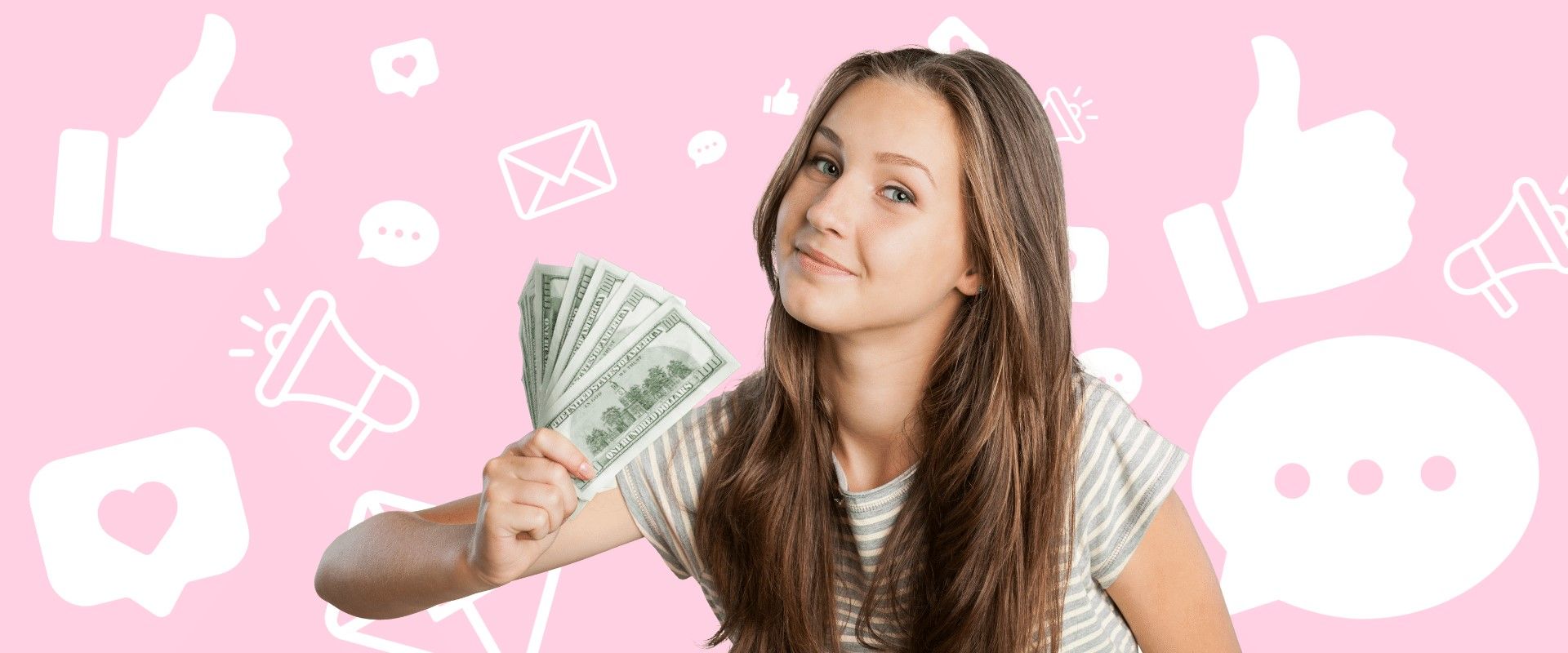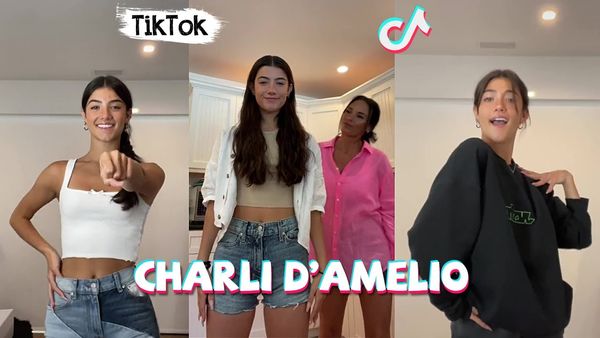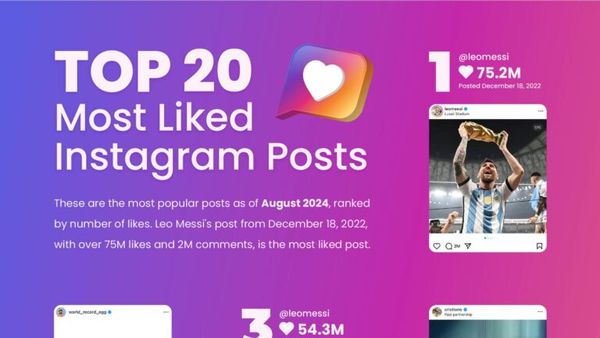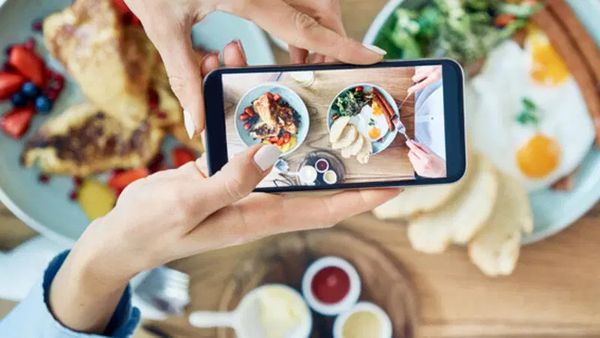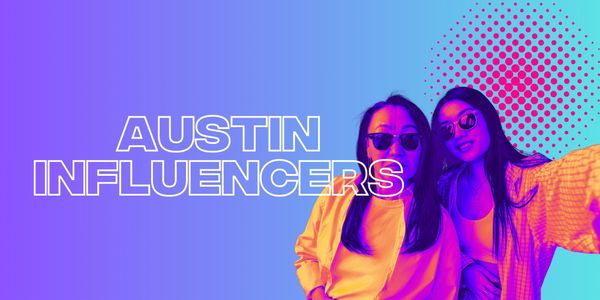Today's blog addresses a topic that's garnered considerable interest, and rightfully so. We're venturing into the intricate realm of influencer marketing and tackling the perennial question: what should influencers charge for sponsored posts?
In the vast expanse of digital content creation, determining the appropriate rate for sponsored content can feel akin to navigating uncharted waters. With a multitude of factors at play, ranging from audience engagement to content type and beyond, it's no wonder many find themselves grappling with confusion.
First, let's touch on some general pricing advice circulating on the internet and whether it's worth following. Then, we'll delve into the eight factors that can significantly impact how much influencers should charge for a sponsored post.
You might have come across the statistic suggesting that influencers should charge a hundred dollars for every 10,000 followers they have for a post. While this figure serves as a baseline, it's crucial to recognize that it's not a one-size-fits-all solution. There are numerous variables that can affect the cost of a sponsored post, making it essential to consider each aspect carefully.
So, without further ado, let's explore the eight factors that can influence the price of a sponsored post.
🤓 Pro tip: Want to skip ahead? Go through all our brand collaborations on SocialBook Product Launcher here and apply for what you are interested in now!
1. Engagement Will Significantly Impact Your Pricing
Let's kick things off by discussing engagement, with Instagram serving as our primary platform example. However, it's worth noting that these principles can apply across various social media platforms.
Engagement on Instagram encompasses all the comments, likes, and saves on a post, divided by your follower count and multiplied by 100 to obtain your engagement percentage. Understanding what constitutes a good engagement percentage can be subjective and dependent on the size of your audience. To provide some context, websites like SocialBook offer insights into average engagement rates based on follower count.
For instance, if you fall within the 5 to 20K follower range on Instagram, an average engagement rate of 2.43 is expected, according to SocialBook's chart. While these figures can fluctuate based on industry trends, having a baseline can be beneficial for comparison.
If your actual engagement rate exceeds the average, say, reaching three or four percent, it positions you favorably when negotiating with brands. You can leverage this higher engagement rate to demonstrate the quality of your audience and their likelihood to engage with the brand's product or service you're endorsing.
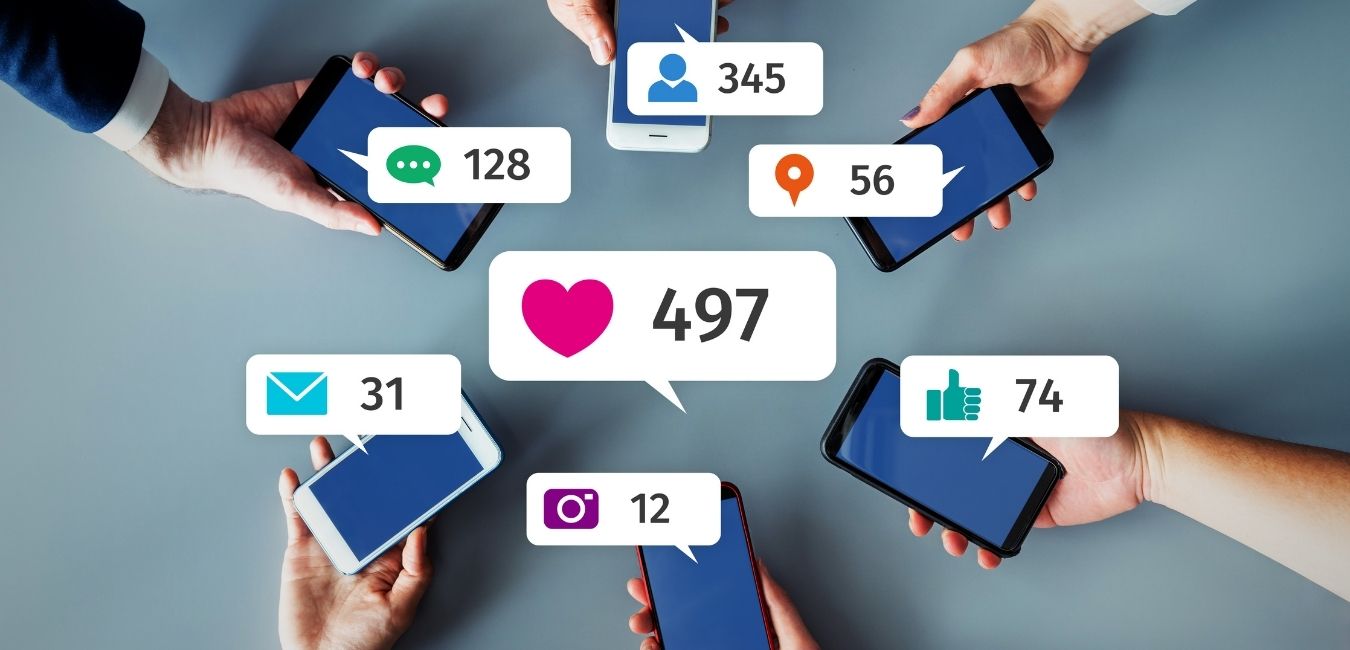
2. Usage Rights Are Also an Important Part Not to Be Overlooked
Moving on to the topic of usage rights, this aspect can significantly impact the pricing of sponsored posts. Let's delve into why usage rights play a crucial role in determining post rates.
Imagine you're collaborating with a fashion brand for a campaign involving one Instagram post and three Instagram stories. Negotiating a fair rate for this content is essential. However, things become more complex when the brand requests access to the rights of the content for their own marketing purposes. This could include utilizing the content in paid social posts, email marketing campaigns, or even on billboards and commercials.
In today's digital age, it's common for brands to seek digital-first rights with a global reach, ensuring the content's visibility across various online markets.
Another critical aspect to consider is the duration of the usage rights granted to the brand. Brands may attempt to include clauses in contracts allowing them rights to your content indefinitely, a practice that should be approached with caution. It's essential to avoid agreeing to perpetual usage rights, as the future trajectory of the brand remains uncertain.
Instead, offering the brand different usage rate options for specific timeframes can be a more prudent approach. For example, proposing rates for 3, 6, or 12 months of usage allows flexibility while ensuring fair compensation for your image and likeness.
In an industry where influencers' content is increasingly valued, it's becoming standard practice for influencers to charge additional fees for granting usage rights. This shift reflects a growing recognition of the influencer's worth and the importance of fair compensation for their creative contributions.

3. Exclusivity: You Can Adjust Pricing According to the Brand's Needs
Moving on to the concept of exclusivity, which is often intertwined with usage rights. Exclusivity entails refraining from promoting a brand's direct competitors for a specified period.
In brand deal contracts, it's customary to include a period of exclusivity, typically around 48 hours. This timeframe ensures that the influencer's endorsement remains consistent and avoids undermining the brand's trust and credibility. For instance, promoting a moisturizer from one brand and then endorsing a different one shortly after can be perceived as disrespectful to the initial brand and erode audience trust.
As the duration of exclusivity extends beyond a week or two, it becomes reasonable to charge for this added restriction. Considering the potential missed opportunities by aligning exclusively with one brand and refraining from collaborating with competitors, charging for exclusivity becomes justified.
For example, if a beauty influencer is asked to abstain from discussing other color cosmetic brands for a month, it may pose challenges if their content revolves around trying new palettes and releases regularly. In such cases, influencers can negotiate higher fees for extended periods of exclusivity. However, brands may opt for shorter exclusivity periods to accommodate their marketing objectives while still respecting the influencer's creative freedom and audience engagement.
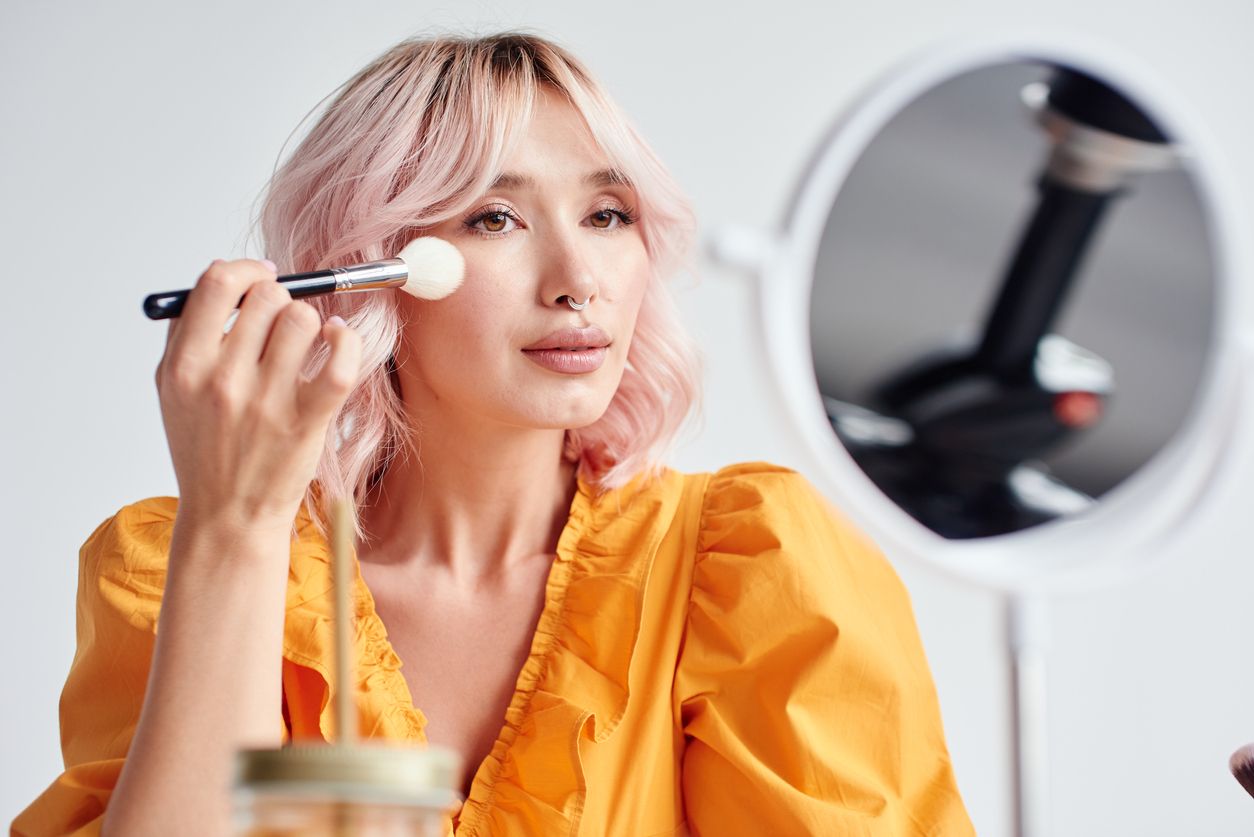
4. Different Content Types Can Correspond to Different Prices
Moving on to the fourth factor influencing the pricing of a brand campaign: content type. This entails whether the deliverable is a single photo feed post, an Instagram story, or a YouTube video.
In general, video content commands higher rates than photo content, and for good reason. Video production involves a myriad of elements, including lighting, sound, choreography, and editing, which necessitate more time and effort compared to photography.
Consistently, a higher fee is applied to video content compared to static posts. This decision is not solely based on the time invested in content creation but also on the level of engagement each platform offers. For instance, if an influencer garners significant interaction on their Instagram stories, such as DMs, swipe-ups, or replies, it justifies charging a premium for that engagement.
There's a pertinent adage that encapsulates this principle: "Paying for the expertise acquired over years, not just the time spent on the task." The objective is not to overcharge brands arbitrarily but to set fair rates supported by data and rationale, elucidating to brands the value they receive based on various factors.
5. Scope of Work Will Also Affect Part of the Package Pricing
The fifth factor affecting the price of a sponsored post is the total scope of work involved. This includes all the tasks required for the campaign. Various campaigns I've been involved in have ranged from simple Instagram stories to more complex projects spanning multiple platforms such as blogs, Instagram, TikTok, and YouTube.
While it might seem intuitive to raise the price for a larger scope of work, an alternative approach could be considered. Calculate the individual costs for each aspect of the campaign, then propose a bundled rate with a modest discount to the brand. This strategy demonstrates an appreciation for their partnership and highlights the value they gain from engaging with multiple touch points.
Providing a discount for bundled services has the potential to cultivate a stronger relationship with the brand, particularly if you envision a long-term collaboration. Brands often value the added benefits they receive, making it mutually beneficial. However, if you prefer to charge a higher fee for additional services, that's a valid option too. Ultimately, the goal is to find an approach that aligns with your objectives and principles.

6. Discussing Sensitive Topics Requires a Higher Fee
Number six pertains to addressing sensitive topics, which might seem surprising as an area where you can charge extra. However, when tackling subjects that resonate deeply with your audience, it often demands more time, attention to detail, and careful consideration of how the content will be received.
Sensitive topics can encompass a wide range of subjects. For instance, discussing CBD may require thorough research and thoughtful messaging due to prevalent misinformation surrounding it. Similarly, delving into political themes, especially in tumultuous times, necessitates careful navigation to avoid alienating segments of your audience.
Recognizing the potential for varied audience reactions, particularly to contentious topics, is essential. This awareness can be factored into your pricing structure to reflect the additional effort and thoughtfulness required to address sensitive subjects effectively.
7. Leveraging Your Expertise Deserves Adequate Compensation
Number seven involves leveraging expertise, a strategy frequently employed when pitching brands. By emphasizing a background in fields like magazine editing, influencers can convey an approach to content creation akin to curating a magazine spread. This entails meticulous planning, from location scouting to selecting photographers and props, all geared towards delivering a high-quality result.
Expertise can also be a valuable asset in negotiations, particularly when influencers specialize in specific niches. For instance, proficiency in areas like clean skincare or plus-size fashion can justify brands paying a premium for expertise and an authoritative voice in the field.
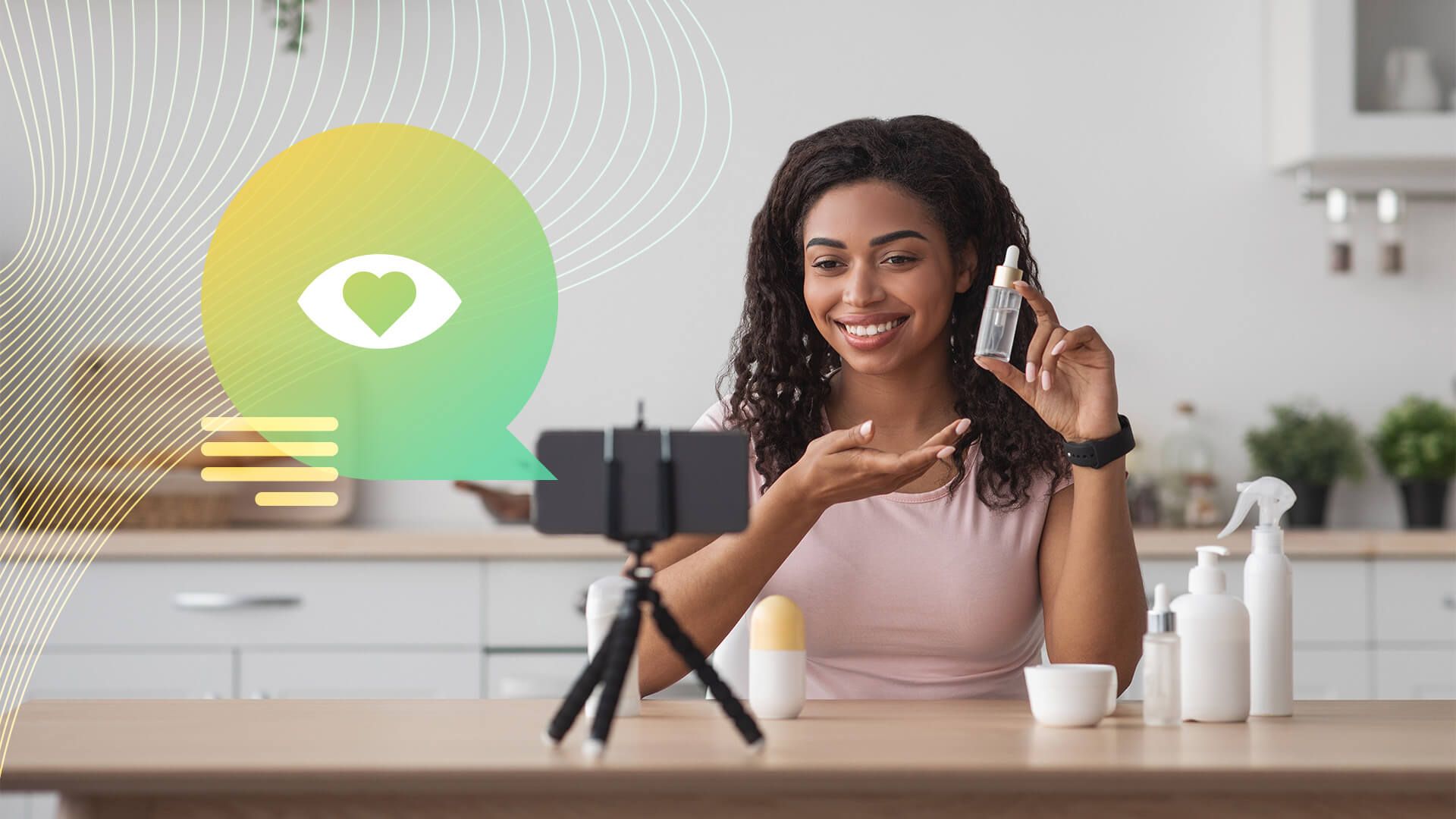
8. Timeline of the Project Is Also an Important Factor Affecting Pricing
The eighth factor to consider is the timeline of the project. If the project requires a quick turnaround, it's advisable to charge a rush fee. This fee serves as compensation for accommodating the brand's urgent timeline and may involve rearranging schedules or working extra hours.
For example, recently, I negotiated a campaign with a tight deadline, prompting me to request a rush fee in addition to the agreed rate. The brand understood the urgency of the situation and agreed to the extra fee. The decision to charge a rush fee depends on individual circumstances. For some, a one-week turnaround may warrant a rush fee, while others may require additional compensation for shorter notice periods due to other commitments like parenting or demanding job schedules.
Conclusion
In conclusion, determining the appropriate rate for sponsored content involves considering a multitude of factors, each contributing to the overall value proposition for both influencers and brands. From engagement metrics to content type, usage rights, exclusivity, and expertise, influencers navigate a complex landscape in negotiating fair compensation for their creative contributions.
By understanding the nuances of these factors and leveraging them effectively in negotiations, influencers can establish mutually beneficial partnerships with brands while ensuring their worth is recognized and compensated appropriately. Moreover, prioritizing transparency and professionalism in discussions surrounding sensitive topics and project timelines fosters trust and strengthens collaborative relationships between influencers and brands.
As the influencer marketing landscape continues to evolve, staying informed about industry trends and best practices remains crucial for influencers seeking to thrive in this dynamic ecosystem. Ultimately, by valuing their expertise, understanding their audience, and advocating for fair compensation, influencers can navigate the intricacies of sponsored content rates with confidence and professionalism.


